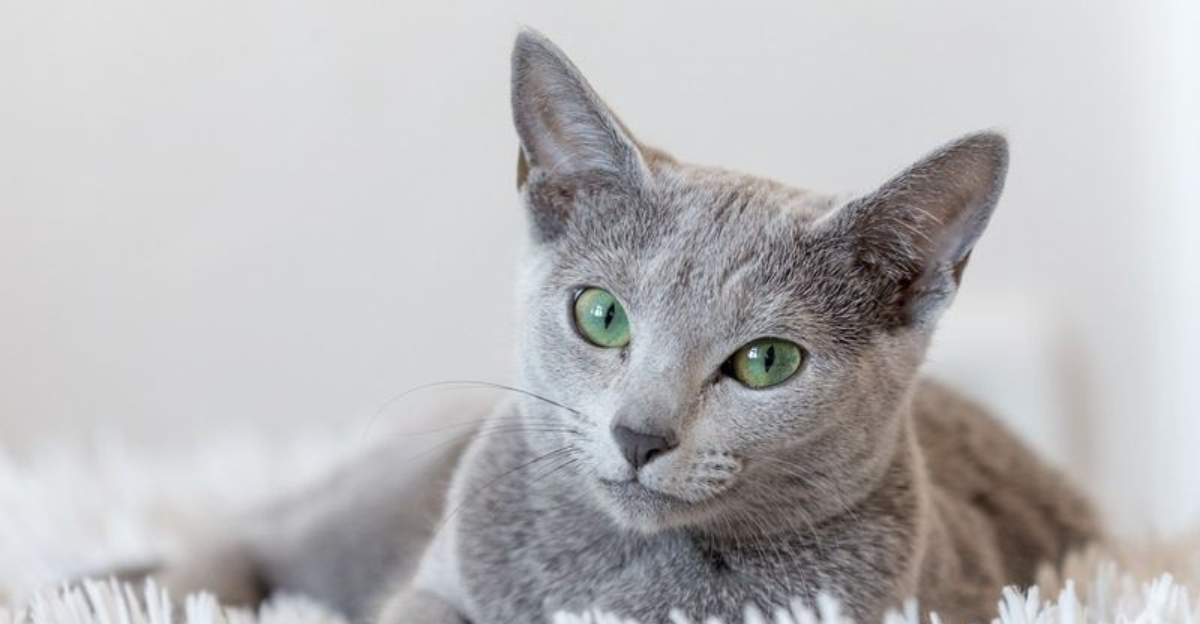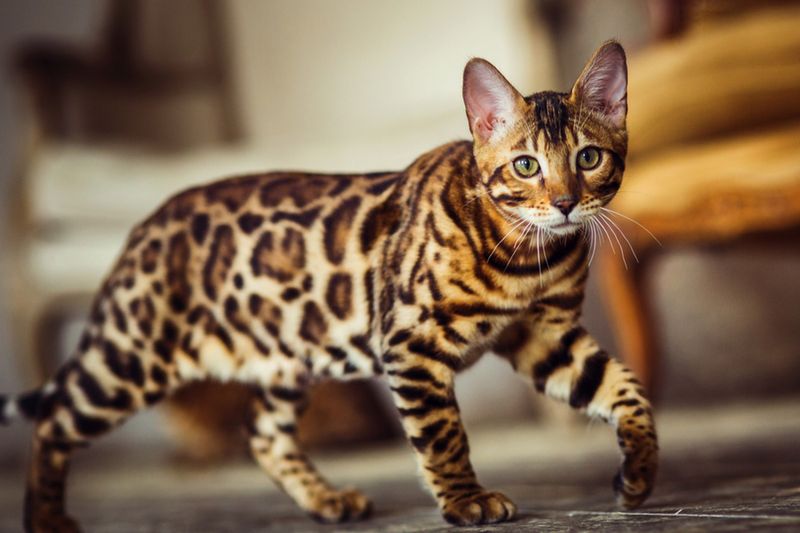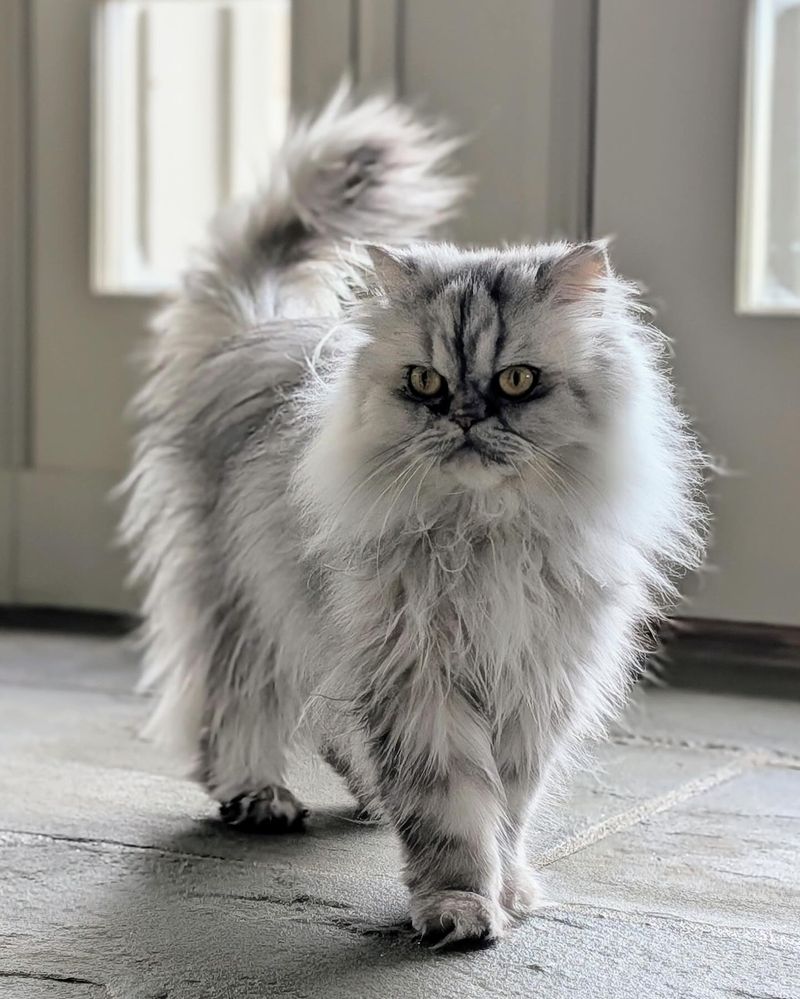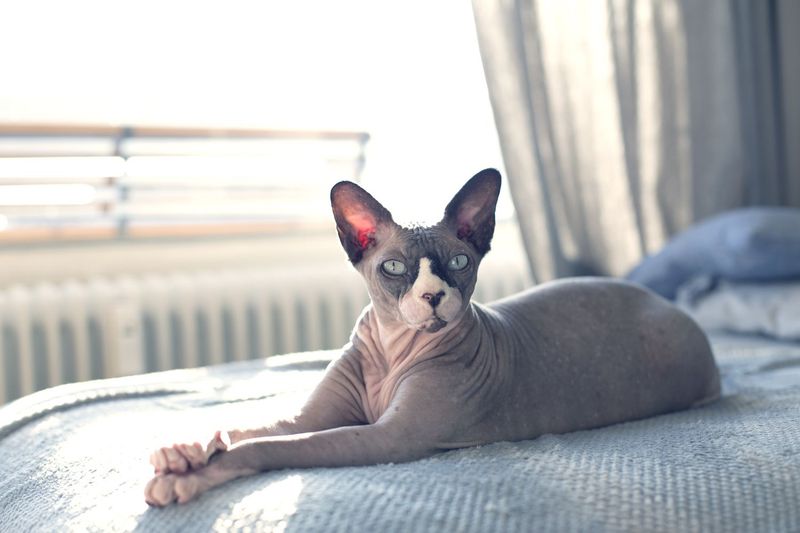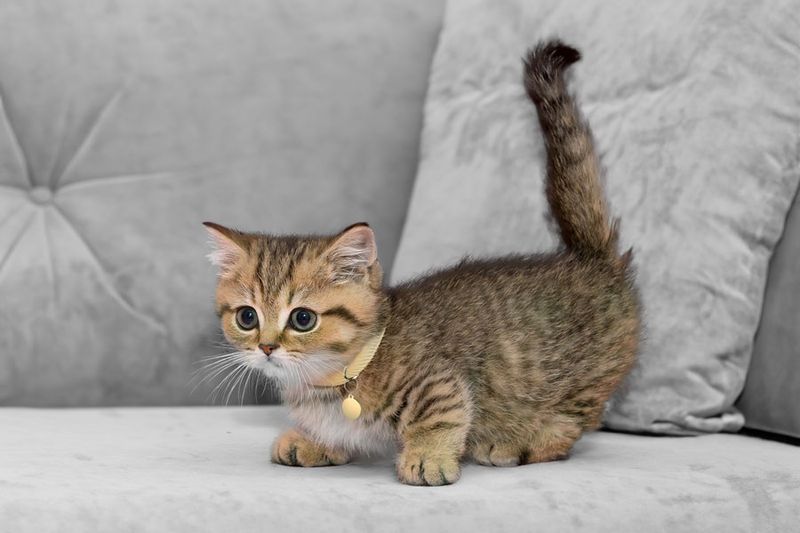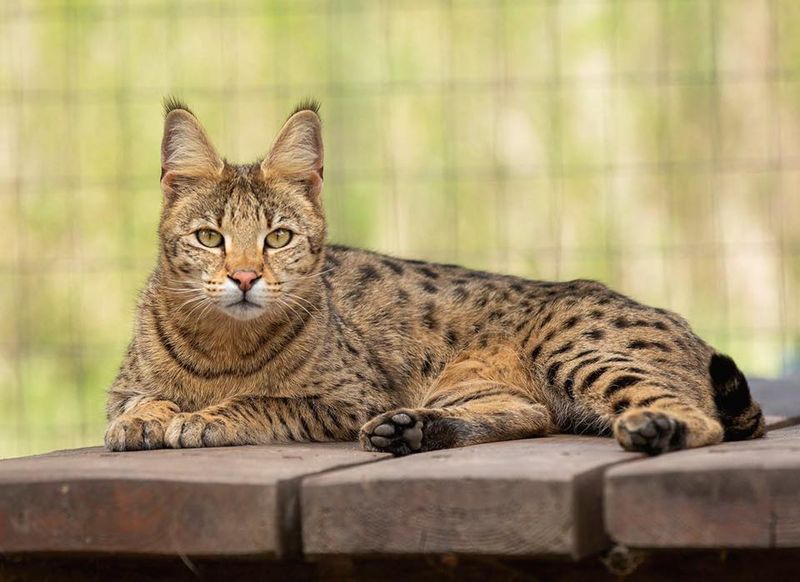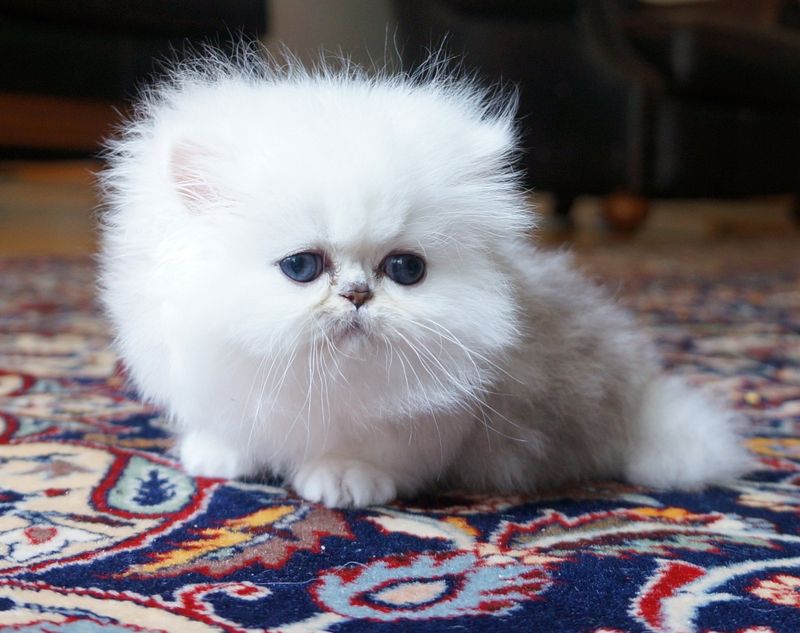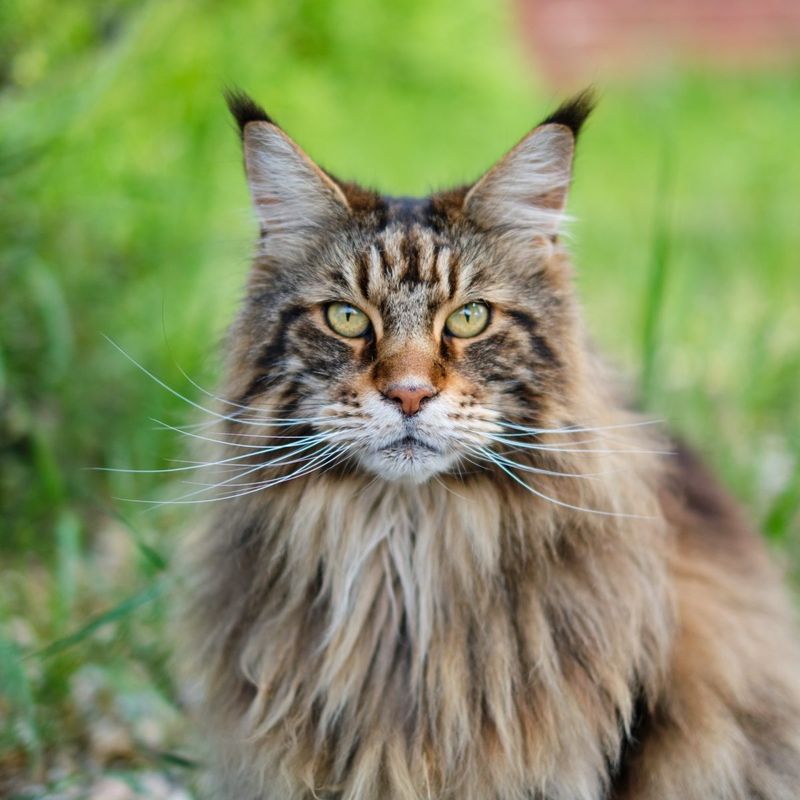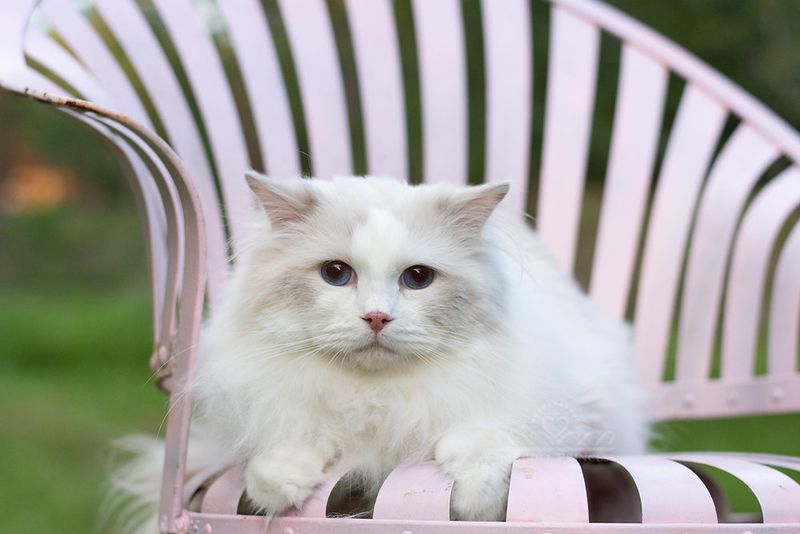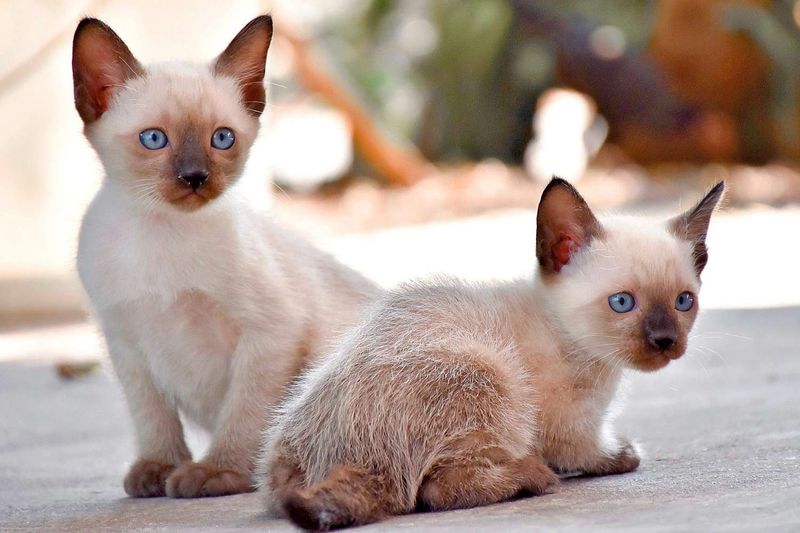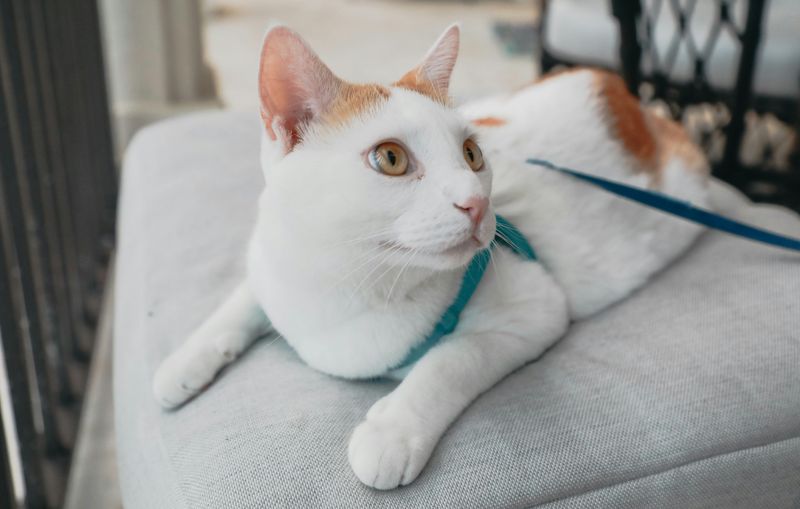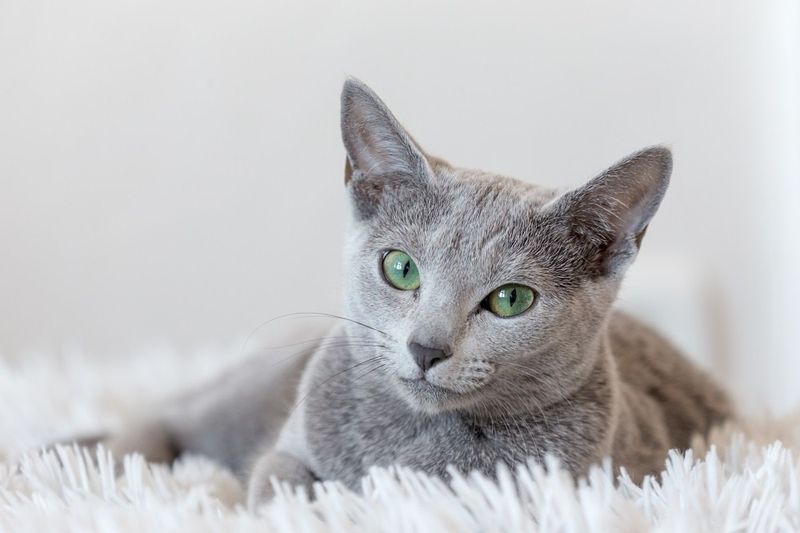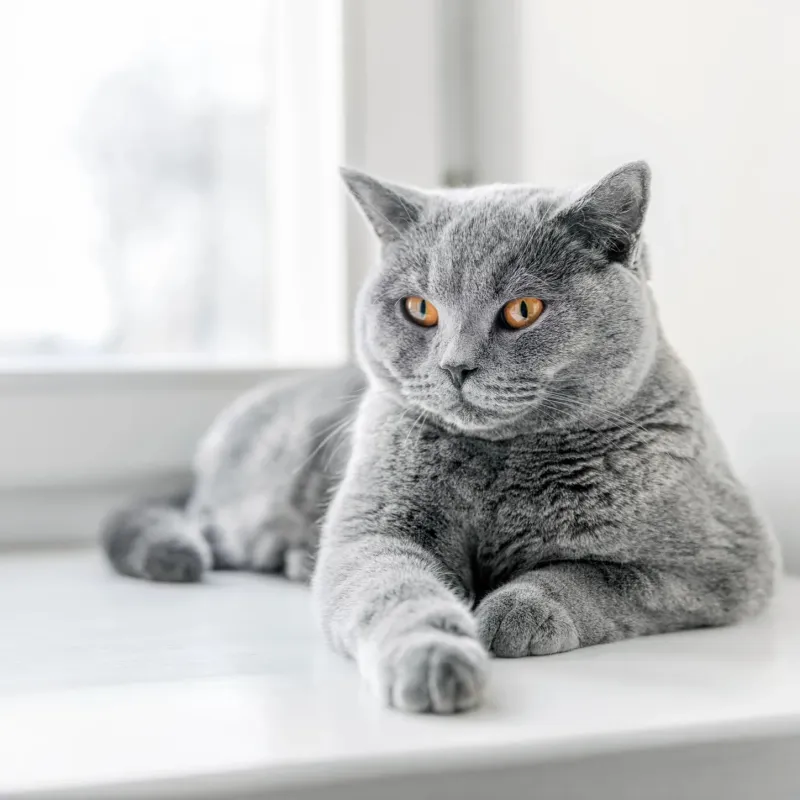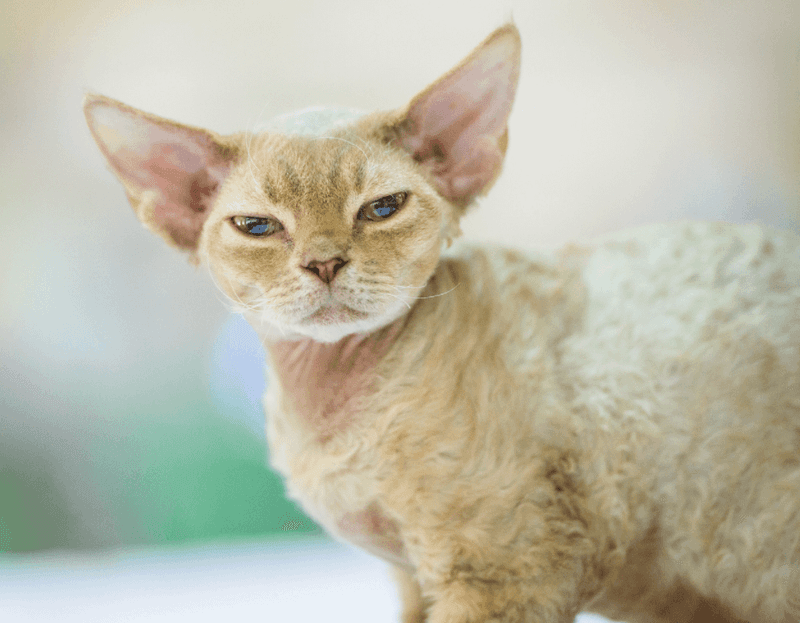📖 Table of Content:
Choosing the right cat breed can greatly impact the experience of pet ownership. While all cats have their charm, not every breed suits every lifestyle perfectly. Factors like temperament, grooming needs, and health issues can make a big difference over time.
Certain breeds gain popularity thanks to social media or celebrity endorsements. However, a flashy appearance doesn’t always guarantee a good fit for the average household. High-maintenance personalities or hidden health concerns can turn a dream pet into a daily challenge.
On the flip side, some lesser-known breeds offer surprising benefits. These cats may not trend online but shine in terms of affection, adaptability, or low upkeep. Knowing which breeds are truly worth the investment helps avoid future regret and ensures a more rewarding bond.
1. Bengal
Bengals look like mini leopards with their stunning spotted coats. Their wild appearance comes with a matching personality that many owners aren’t prepared for.
These cats need tons of exercise, mental stimulation, and attention. Without proper outlets, they often develop destructive behaviors like shredding furniture or howling at night.
First-time cat owners frequently surrender Bengals to shelters when they realize these energetic felines are more than just decorative pets. They require special care, dedicated playtime, and homes with plenty of climbing space. The hefty price tag (often $1,500-3,000) makes them an expensive disappointment for unprepared families.
2. Scottish Fold
The signature folded ears of Scottish Folds are caused by a genetic mutation that affects cartilage. Behind the charm, however, lies a risk of painful health issues.
Scottish Folds often develop painful joint issues as they age. Their cartilage problems can lead to arthritis, stiffness, and discomfort throughout their bodies – not just in their ears.
Ethical breeders avoid mating fold-to-fold because it creates severe health issues. The internet popularity of these cats drives demand despite veterinary concerns about their welfare. Potential owners should understand they’re paying premium prices (sometimes $1,000-1,500) for cats that may face chronic pain.
3. Persian
With their long, flowing coats and flat faces, Persians often grace luxury ads and royal imagery. But the truth behind the glamour is a demanding grooming routine.
Daily grooming sessions are mandatory, not optional. Their long fur mats painfully without constant brushing, and many owners end up paying for professional grooming every few weeks.
Their flat faces cause breathing problems, eye issues, and dental complications. Many Persians struggle to breathe during hot weather or exercise. The cute snoring often indicates respiratory distress. Between medical bills and grooming costs, Persians end up being one of the most expensive cats to maintain properly.
4. Sphynx
Their lack of fur gives Sphynx cats a futuristic, eye-catching appeal. Unfortunately, this comes with high grooming needs and no guarantee against allergies.
Their skin produces oils that would normally distribute through fur. Without hair, these oils build up and need weekly bathing to prevent greasy residue on furniture and clothing.
Sphynx cats get cold easily and need sweaters in winter. They’re prone to sunburn and skin cancer without proper protection. Their high metabolism means they eat more than average cats, adding to their already steep purchase price ($1,500-6,000). Many owners aren’t prepared for the special care these sensitive cats need.
5. Munchkin
Munchkins gain popularity from their short legs and cute appearance in viral videos. These cats result from a genetic mutation that many veterinarians consider unethical to breed deliberately.
Their shortened limbs prevent natural cat behaviors like jumping, climbing, and proper stretching. Many develop back problems as they age because their spine wasn’t designed to work with such short legs.
Movement limitations make them more vulnerable to predators and less able to escape danger. While they might look adorable waddling across the floor, their quality of life is compromised for human entertainment. The breeding controversy and potential health issues make their high price tag ($1,000-2,500) questionable.
6. Savannah
With their bold markings and long legs, Savannah cats carry the wild elegance of their serval ancestry. The cost reflects their rarity: F4-F5 generations run between $1,500 and $5,000, while early generations like F1 or F2 can command prices north of $20,000.
These cats require special permits in many areas due to their wild heritage. Some states and countries ban them entirely. Their high energy and intelligence make them challenging for average owners.
Savannahs can be destructive when bored and may spray territory even when neutered. Finding veterinarians comfortable treating these hybrid cats proves difficult. The status symbol appeal often outweighs practical considerations for buyers who later regret their exotic purchase.
7. Teacup Persian
“Teacup” Persians aren’t an official breed but rather undersized cats marketed at premium prices. These tiny cats result from breeding runts or deliberately stunting growth.
Health problems plague these miniature cats, including heart defects, immune system weaknesses, and shortened lifespans. Their already compromised Persian breathing issues become even worse in these smaller versions.
Reputable veterinarians warn against supporting this trend. Ethical breeders avoid creating these cats despite their $1,000-3,000 price tags. The cuteness factor masks serious welfare concerns as these cats often require expensive medical care throughout their shortened lives. Buyers pay more for cats that suffer more.
8. American Curl
The backward-curving ears of the American Curl give it a whimsical, surprised appearance. This unusual trait stems from a cartilage-related genetic mutation.
While not as severe as Scottish Folds, their ear cartilage requires special handling. Owners must learn proper ear cleaning techniques to prevent infections in these unusually shaped ears.
The novelty factor drives their popularity more than their personality traits. Many buyers pay $1,000-2,000 primarily for the unusual ear shape, only to discover the cats need extra attention to those same ears. The breed’s rarity means finding reputable breeders can be challenging, leading to health issues from improper breeding practices.
9. Exotic Shorthair
Designed as a low-maintenance version of the Persian, Exotic Shorthairs carry many of the same medical risks. Their brachycephalic features contribute to respiratory, eye, and dental issues.
Brachycephalic (flat-faced) breeds struggle in hot weather and can’t exercise normally without respiratory distress. Many develop chronic eye infections requiring daily cleaning and medication.
While their coats need less grooming than Persians, they still shed heavily. The cute snoring sounds are actually signs of breathing obstruction. Owners often spend thousands on surgeries to widen nostrils or correct eye problems. The $1,200-2,200 purchase price doesn’t include these almost inevitable medical expenses.
1. Maine Coon
Massive yet mild-mannered, Maine Coons balance strength with sweetness. Despite their 15–25 pound frames, they move through rooms with quiet agility.
Unlike some large breeds, Maine Coons typically enjoy robust health with few breed-specific problems. They’re known for their dog-like loyalty, often following owners from room to room and coming when called.
Their semi-water-resistant coats require less maintenance than you’d expect for long-haired cats. Maine Coons adapt well to families, other pets, and various living situations. Their playful personalities last well into adulthood, and their problem-solving intelligence makes them entertaining companions. The $1,000-1,500 investment brings years of affectionate companionship.
2. Ragdoll
True to their name, Ragdolls often go completely relaxed when held. Their gentle temperament and lasting kitten-like charm make them ideal lap cats.
Their silky, semi-long fur rarely mats and requires just weekly brushing. Unlike many purebreds, Ragdolls typically enjoy good health with few breed-specific issues when obtained from responsible breeders.
They adapt beautifully to indoor living and don’t mind smaller spaces. Their calm temperament makes them excellent choices for families with children or other pets. Ragdolls form strong bonds with their humans without being overly demanding. Their $800-2,000 price reflects their balanced temperament and reliable health.
3. Siamese
Elegant and intelligent, Siamese cats are known for their vocal presence. They communicate boldly and have strong preferences on nearly everything.
Modern Siamese have moved away from the extreme body types of show cats toward a healthier, more moderate appearance. They form intense bonds with their humans and often learn to play fetch or walk on leashes.
Their short coats need minimal grooming, and they typically maintain good health throughout their 15-20 year lifespan. Siamese cats provide endless entertainment with their antics and conversations. They thrive on interaction and mental stimulation. At $600-1,200, they deliver exceptional value for owners who appreciate engaged, interactive pets.
4. Domestic Shorthair
Domestic Shorthairs aren’t technically a breed but rather mixed-ancestry cats with short coats. These everyday cats offer tremendous value through genetic diversity and balanced temperaments.
Their varied gene pool provides natural protection against many hereditary health problems that plague purebreds. Each has a unique personality, from playful to relaxed, allowing adopters to find perfect matches for their lifestyles.
Available from shelters for $50-200 adoption fees, they cost a fraction of purebreds while often living longer, healthier lives. Their low-maintenance coats require minimal grooming. By choosing these cats, owners get wonderful companions while helping reduce the homeless pet population – a double win for value-conscious cat lovers.
5. Russian Blue
Known for their plush blue-gray fur and sparkling emerald eyes, Russian Blues are as beautiful as they are gentle. Their calm temperaments make them beloved pets.
These cats rarely trigger allergies in sensitive people due to their low-shedding coats. They’re naturally clean and fastidious about litter box habits.
Russian Blues form strong bonds with their families but don’t demand constant attention. They’re perfect for busy households where someone can’t always be home. Their quiet intelligence and moderate energy levels make them adaptable to various living situations. At $800-1,200, they offer excellent value through their good health, long lifespans (15-20 years), and minimal grooming needs.
6. Abyssinian
Bringing a touch of ancient beauty and spirited energy, Abyssinians are natural entertainers. Their low-maintenance, ticked fur resembles that of wild cougars.
Active without being destructive, these cats entertain themselves with toys but also form close bonds with their humans. They’re perfect for active households where someone appreciates an engaged, interactive pet.
Abyssinians rarely develop the obesity issues common in more sedentary breeds. Their natural athleticism keeps them healthy well into their senior years. They typically enjoy good health with few breed-specific problems. At $800-1,200, they provide excellent value through their low maintenance needs, good health, and entertaining personalities.
7. British Shorthair
The teddy bear-like charm of British Shorthairs comes with a strong, low-maintenance build. They favor calm environments and appreciate companionship without fuss.
They maintain kitten-like playfulness well into adulthood without the destructive energy of some breeds. Their thick coats shed seasonally but resist matting and require only weekly brushing.
British Shorthairs typically enjoy robust health with few breed-specific issues. They adapt well to apartment living and don’t mind being alone during work hours. Their independent nature makes them perfect for busy professionals. At $800-1,500, they deliver excellent value through their easygoing temperament, good health, and minimal care requirements.
8. Devon Rex
Devon Rex cats bring pixie-like charm with their large ears, wavy coats, and mischievous personalities. Their minimal shedding makes them suitable for homes where cleanliness is important.
These social butterflies form strong bonds with their families and get along well with children and other pets. Their playful antics continue well into adulthood, providing endless entertainment.
Devon Rex cats adapt easily to various living situations, from small apartments to large homes. They’re known for their problem-solving intelligence and can learn tricks and commands. At $800-1,500, they offer excellent value through their engaging personalities, minimal grooming needs, and tendency toward good health.
9. Burmese
Medium in size but big in character, Burmese cats have sleek coats that demand minimal upkeep. Their affectionate nature makes them constant and devoted friends.
These cats actively seek human interaction without being overly demanding. They’re known for sleeping under blankets and following their people from room to room.
Burmese typically maintain good health throughout their 15-18 year lifespan. They adapt well to various household situations, getting along with children and other pets. Their moderate energy levels mean they’re playful without being destructive. At $800-1,500, they deliver exceptional value through their balanced temperament, minimal maintenance, and devoted companionship.
